In the natural world, where unpredictability is the only certainty, there are moments when nature becomes an inadvertent guardian of secrets. These are the intersections where human wrongdoing meets the unforeseen power of the elements, and time stands still in the most unexpected ways. As we traverse these intriguing narratives, let’s explore the astonishing ways nature has preserved crime scenes, offering tantalizing glimpses into the past.
1. The Bog Bodies of Northern Europe

Peat bogs across Northern Europe have long held ancient human remains remarkably preserved by acidic, oxygen-poor conditions. These “bog bodies” often retain intact skin, hair, and even stomach contents, offering unparalleled insights into Iron Age life. Many bear signs of violent deaths, suggesting ritual sacrifice or execution. According to Live Science, bog bodies are preserved due to unique chemical processes involving sphagnum moss and low-oxygen environments.
The peat bogs provide forensic experts with data on ancient practices and beliefs while allowing DNA analysis that reveals lineage and ancestry. This natural preservation acts as a time capsule, capturing moments of history with astonishing clarity. These bodies challenge our understanding of ancient societies and their interactions with their environment.
2. The Ötzi Ice Man

Ötzi the Iceman, discovered in 1991 in the Ötztal Alps on the border between Austria and Italy, is one of the most well-preserved mummies ever found. Radiocarbon dating places his death around 3300 BCE, making him over 5,000 years old. Encased in glacial ice, Ötzi’s body was preserved so well that scientists could study his tattoos, last meal, and even the circumstances of his death. According to Britannica, forensic analysis revealed that Ötzi was murdered—an arrowhead lodged in his left shoulder and a defensive wound on his hand suggest a violent end.
The discovery of Ötzi has provided invaluable insights into Neolithic life. His clothing, tools, and even gut contents offer a detailed look at Copper Age Europeans. The preservation of his body is a testament to nature’s ability to suspend time, revealing secrets of ancient human life and death
3. The Franklin Expedition
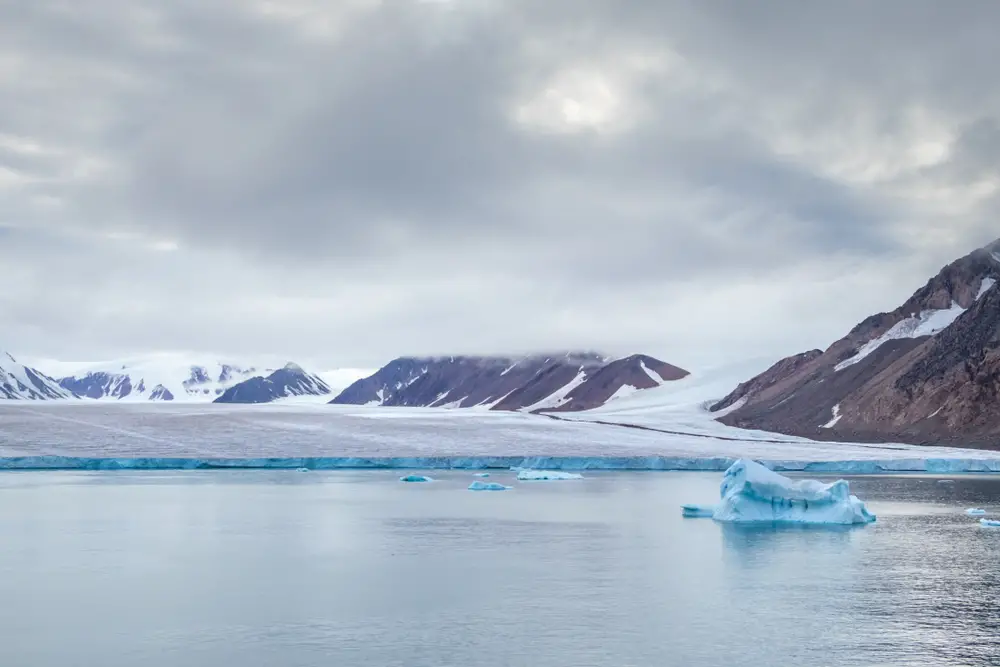
The Franklin Expedition, a doomed Arctic voyage from the mid-19th century, has intrigued historians for over 150 years. In 2014, Canadian archaeologists finally located one of the expedition’s lost ships, HMS Erebus, in icy waters near King William Island. Nature’s freezing temperatures hermetically sealed the ship, preserving it in a near-pristine state. According to CBS News, divers exploring the wreck of HMS Erebus uncovered fascinating artifacts such as pistols, coins, and even an intact thermometer, providing deeper insights into the expedition’s tragic demise.
The cold Arctic environment preserved not only the ship but also artifacts and human remains, providing crucial evidence of the crew’s struggles. The frozen tableau revealed tales of starvation, disease, and desperation that marked the expedition’s end. The Franklin Expedition remains a poignant reminder of nature’s dual role as both adversary and archivist.
4. The La Brea Tar Pits
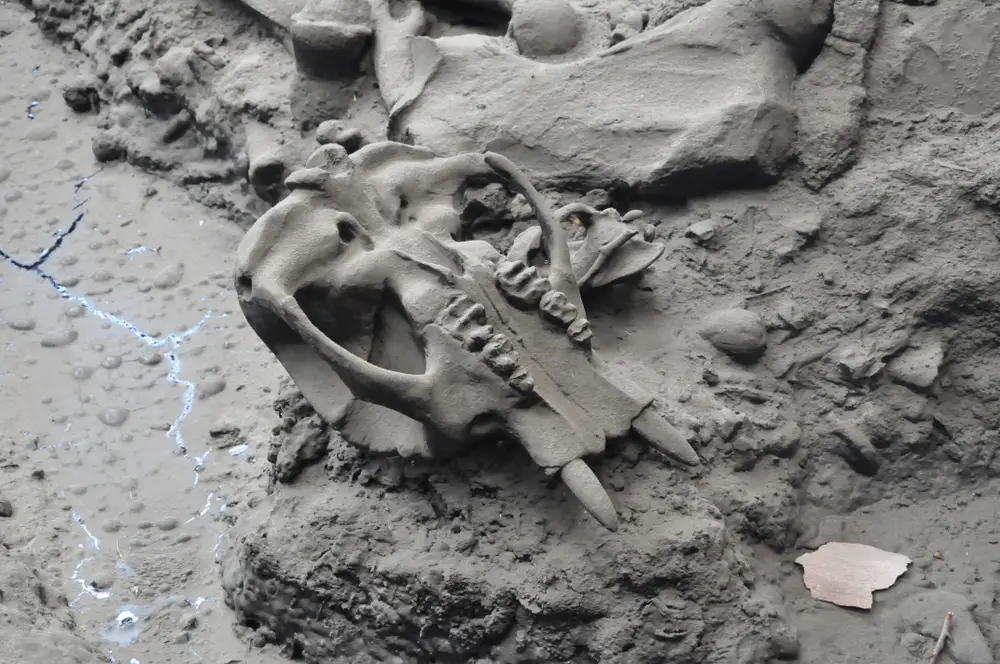
Los Angeles’ La Brea Tar Pits are a geological curiosity, bubbling with natural asphalt for tens of thousands of years. These sticky pits have ensnared animals for millennia but held an unexpected secret: a human skeleton dating back 9,000 years was discovered preserved in tar alongside extinct mammal bones. According to Britannica, the tar pits have yielded fossilized skulls and bones of trapped prehistoric animals as well as one partial human skeleton and many human artifacts.
The tar’s preservation provided insights into early human life in North America. The remains, known as La Brea Woman, were buried deliberately, suggesting ritualistic or cultural significance. This accidental preservation offered a rare opportunity to study early human activity in an otherwise inhospitable environment. The La Brea Tar Pits continue to captivate scientists and visitors alike as a testament to nature’s preservative power.
5. The Pompeii Disaster

When Mount Vesuvius erupted in 79 AD, it engulfed the Roman city of Pompeii in a blanket of ash and pumice. This catastrophic event, while devastating, resulted in the extraordinary preservation of the city, its buildings, and its inhabitants. The volcanic materials acted as a protective barrier, freezing a moment in time and providing an unparalleled view of Roman life. Detailed frescoes, household items, and even the poignant casts of the victims remain preserved in haunting detail.
The rapid burial under volcanic debris halted decay, allowing archaeologists to uncover streetscapes and living spaces as they were nearly 2,000 years ago. Pompeii offers a vivid snapshot of everyday life, from bustling marketplaces to intimate domestic scenes. The preservation has been so extensive that it continues to inform our understanding of Roman architecture, culture, and society. The tragedy of Pompeii is a powerful reminder of nature’s ability to both destroy and preserve.
6. The Thawing Siberian Mammoths
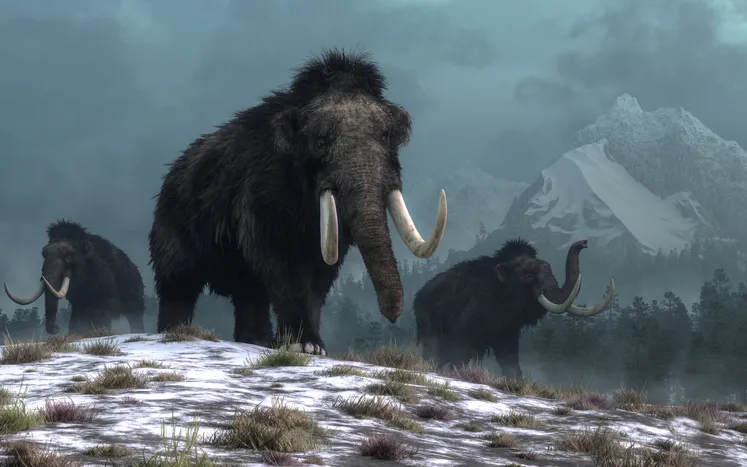
The Siberian permafrost has long been the custodian of prehistoric treasures, including the well-preserved remains of woolly mammoths. As climate change accelerates the thaw, an increasing number of these ancient giants are being discovered. Some of these mammoths show evidence of human interaction, with cuts and marks suggesting they were hunted by early humans. The frozen landscape has kept these interactions intact for millennia, offering crucial insights into the lives of both mammoths and the humans who hunted them.
The remarkable state of preservation allows scientists to study the mammoths’ DNA, providing clues about their extinction and evolutionary history. The thawing tundra continues to yield new finds, each contributing to the broader narrative of prehistoric life. These discoveries shed light on the ecosystems that existed during the Pleistocene epoch and the role early humans played within them. The mammoths’ accidental preservation stands as a testament to nature’s ability to safeguard ancient secrets until the time is right.
7. The Whydah Gally Shipwreck

In 1717, the pirate ship Whydah Gally was wrecked off the coast of Cape Cod during a violent storm. Over 250 years later, in 1984, underwater explorer Barry Clifford discovered the ship’s remains, preserved in the sandy seabed. The wreck provided a treasure trove of artifacts, from cannons to coins, offering unparalleled insights into the pirate life. The sandy ocean floor acted as a natural preserver, protecting the ship’s contents from decay and scavengers.
The discovery of the Whydah marked the first authenticated pirate shipwreck ever found, transforming our understanding of 18th-century piracy. The artifacts recovered have been displayed in museums, bringing to life the myths and realities of pirate culture. Nature’s preservation allowed for a detailed reconstruction of the ship’s history and the lives of its crew. The Whydah serves as a vivid reminder of the sea’s power to both claim and conserve.
8. The Dead Sea Scrolls

The arid climate of the Judean Desert created the perfect conditions for preserving the Dead Sea Scrolls, ancient manuscripts discovered in the mid-20th century. These texts, hidden in caves near the Dead Sea for over two millennia, include some of the earliest known biblical writings. The dry environment prevented the typical decay associated with ancient manuscripts, allowing for an unprecedented glimpse into early Jewish history and religion.
The scrolls’ accidental preservation has provided scholars with invaluable insights into the development of religious texts and practices. The discovery transformed the study of biblical history, offering new perspectives on ancient Jewish culture and beliefs. Nature’s role in safeguarding these texts emphasizes the delicate balance between preservation and destruction. The Dead Sea Scrolls remain one of the most significant archaeological finds of the 20th century, bridging the gap between past and present.
9. The Antarctic Ice Remains
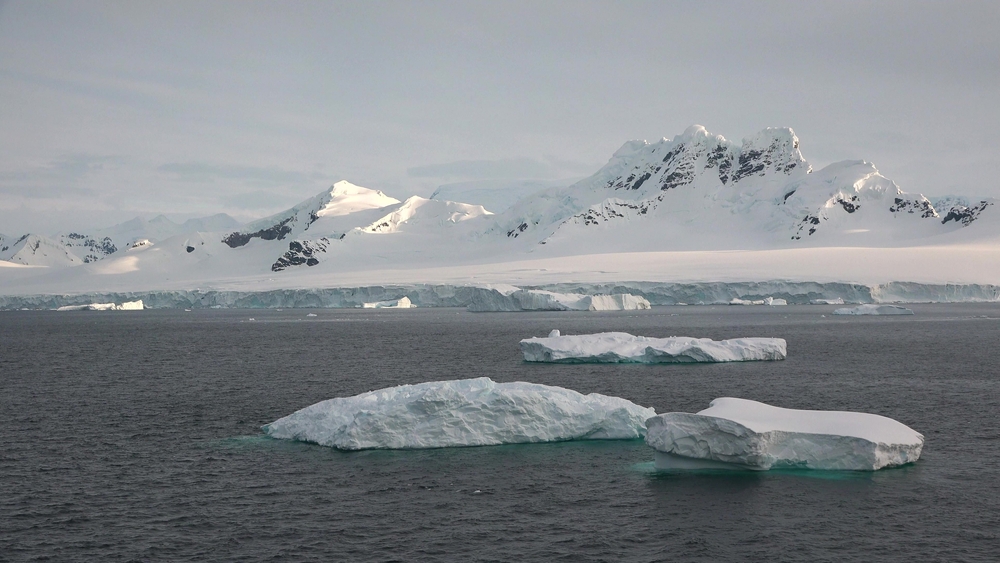
The harsh, icy conditions of Antarctica have preserved not only the remains of early explorers but also the relics of their expeditions. In 1912, British explorer Robert Falcon Scott and his team perished on their return from the South Pole. Decades later, their bodies and belongings were found frozen in the ice, perfectly preserved in the stark landscape. The frigid temperatures acted as a natural vault, keeping their final moments intact.
The discovery provided poignant insights into the challenges faced by early polar explorers, from inadequate equipment to the brutal Antarctic weather. Artifacts recovered from the site have been carefully studied, offering a window into the era’s exploration techniques and survival strategies. Nature’s preservation of these remains underscores the unforgiving conditions of polar expeditions. The Antarctic ice serves as both a memorial and a testament to human endurance.
10. The Mountain Mummies of the Andes
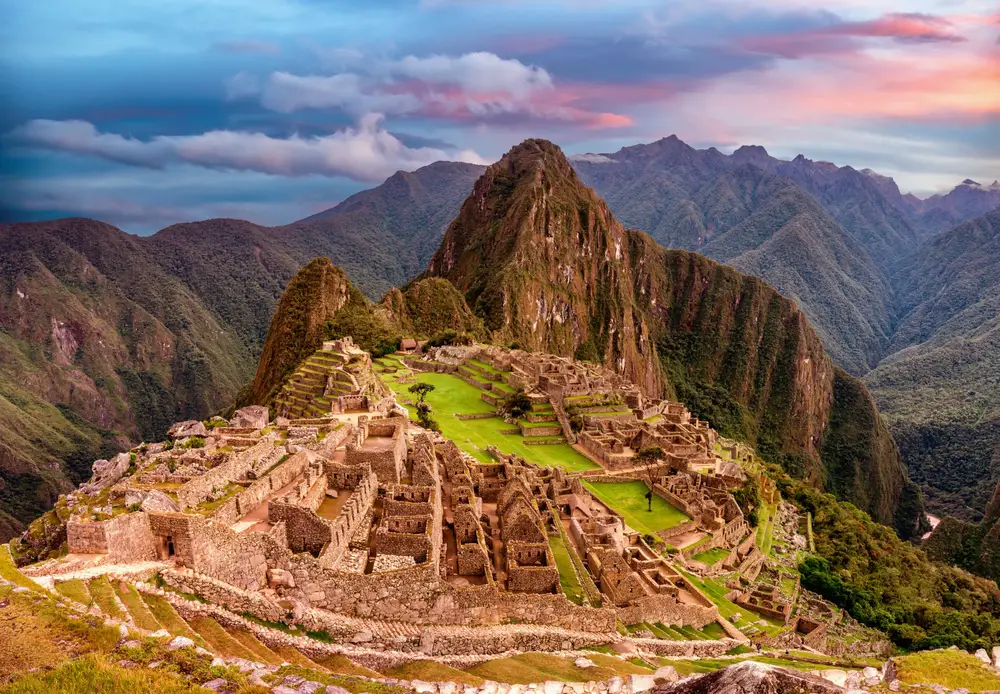
High in the Andes, the cold, dry conditions have preserved the bodies of Inca children sacrificed in ritual ceremonies. These mountain mummies, discovered in the late 20th century, are some of the most well-preserved ancient human remains ever found. The freezing temperatures halted decay processes, keeping their clothing, skin, and even blood intact. These discoveries have provided a unique insight into Inca culture and religious practices.
The natural preservation allowed researchers to conduct biochemical analyses, revealing details about the children’s diet and health. The mummies’ serene expressions belie the tragic circumstances of their deaths, offering a haunting glimpse into a bygone era. Nature’s role in preserving these remains highlights the interplay between cultural traditions and the environment. The mountain mummies stand as silent witnesses to the complexities of Inca society and its interaction with the natural world.
